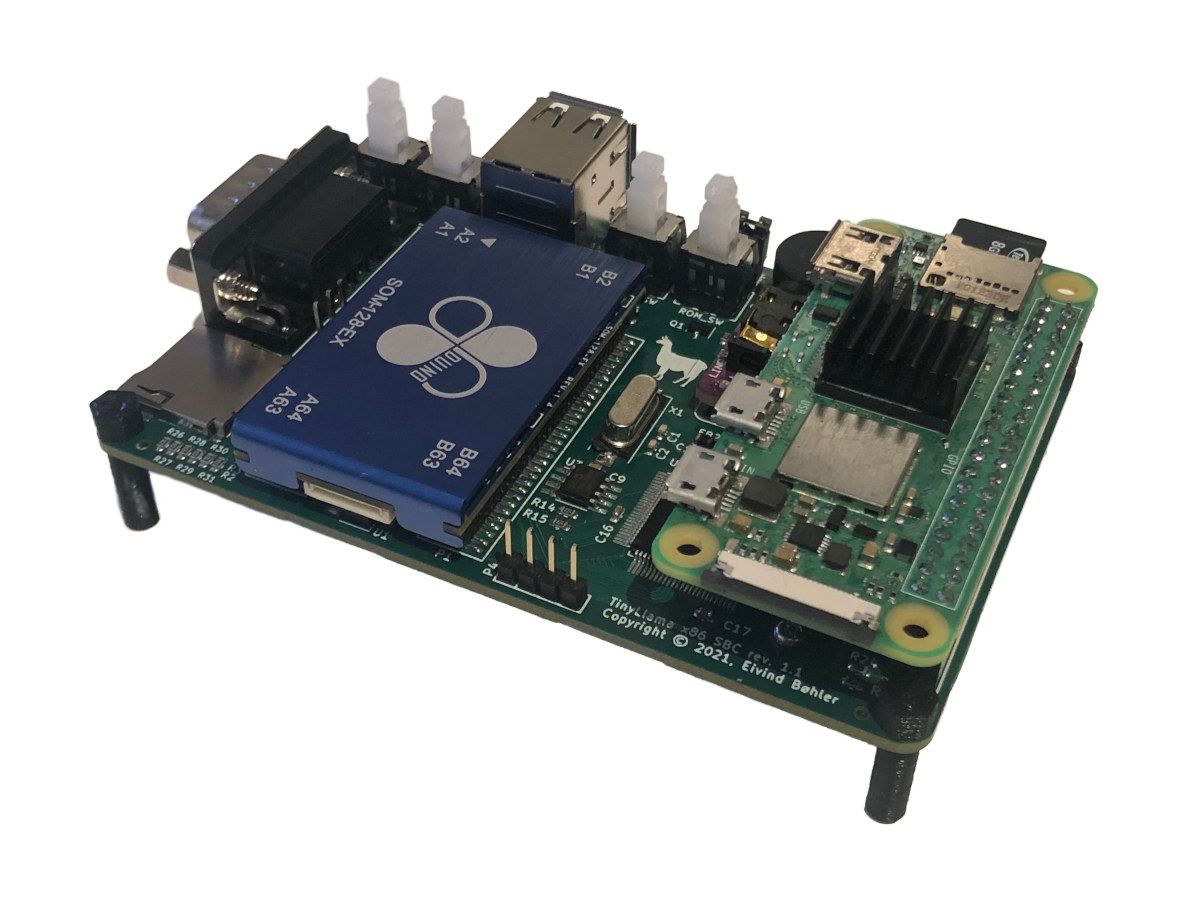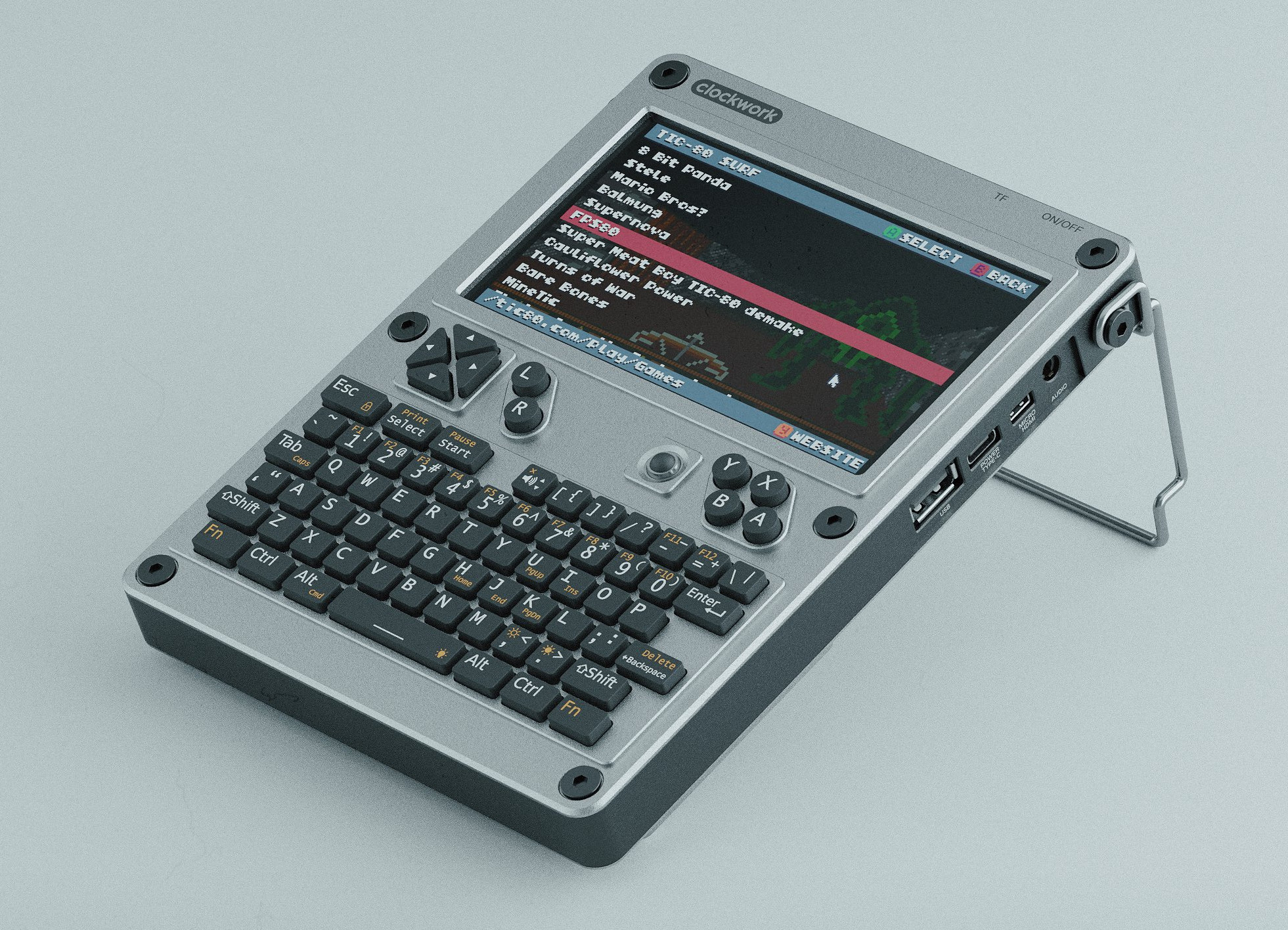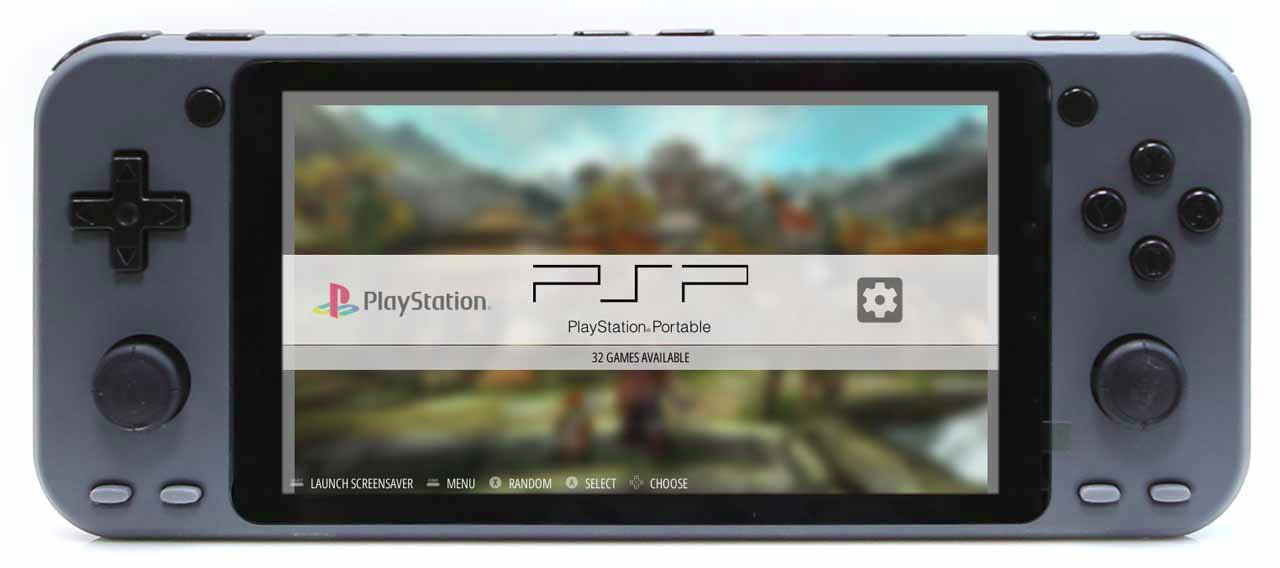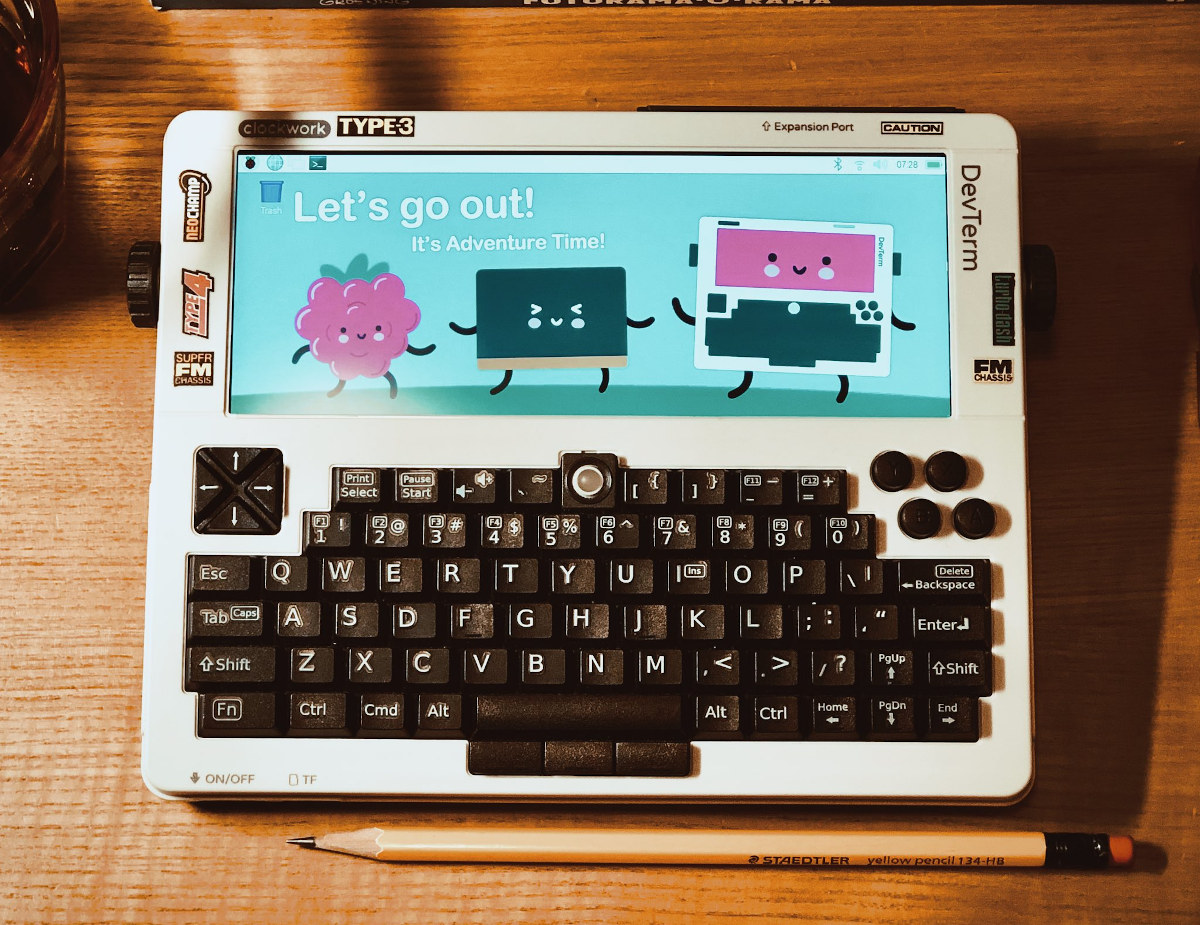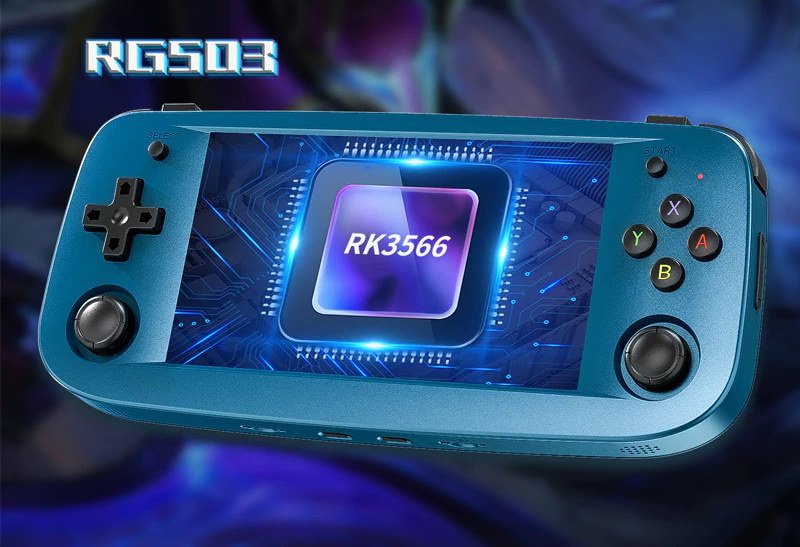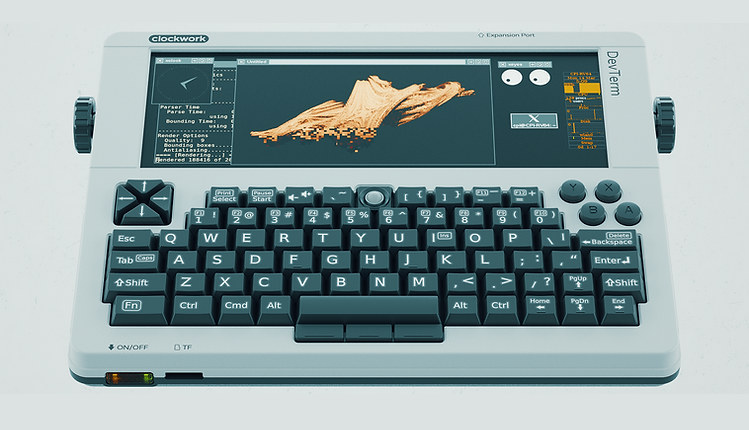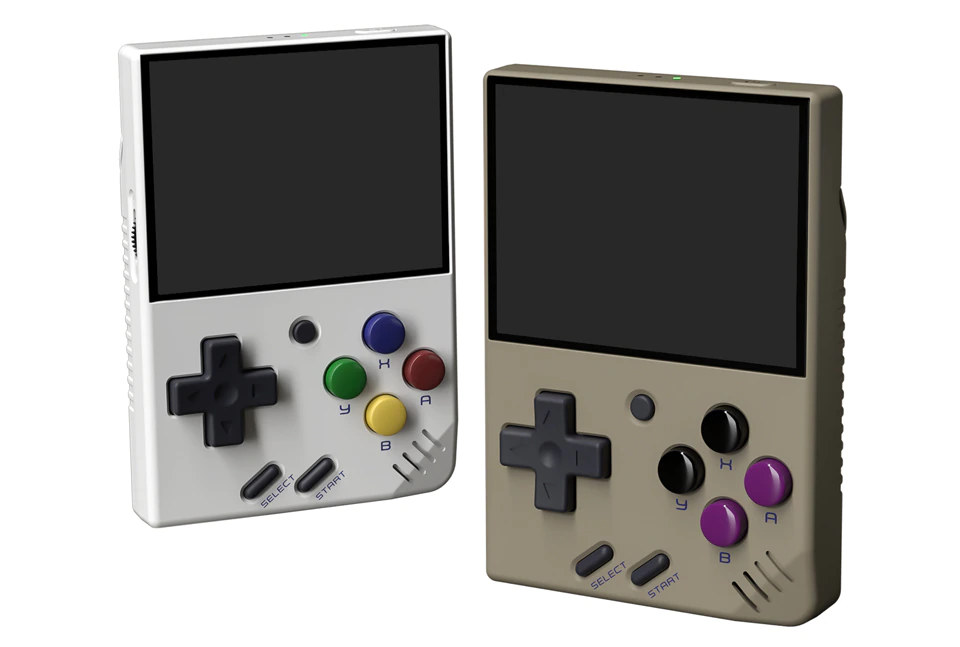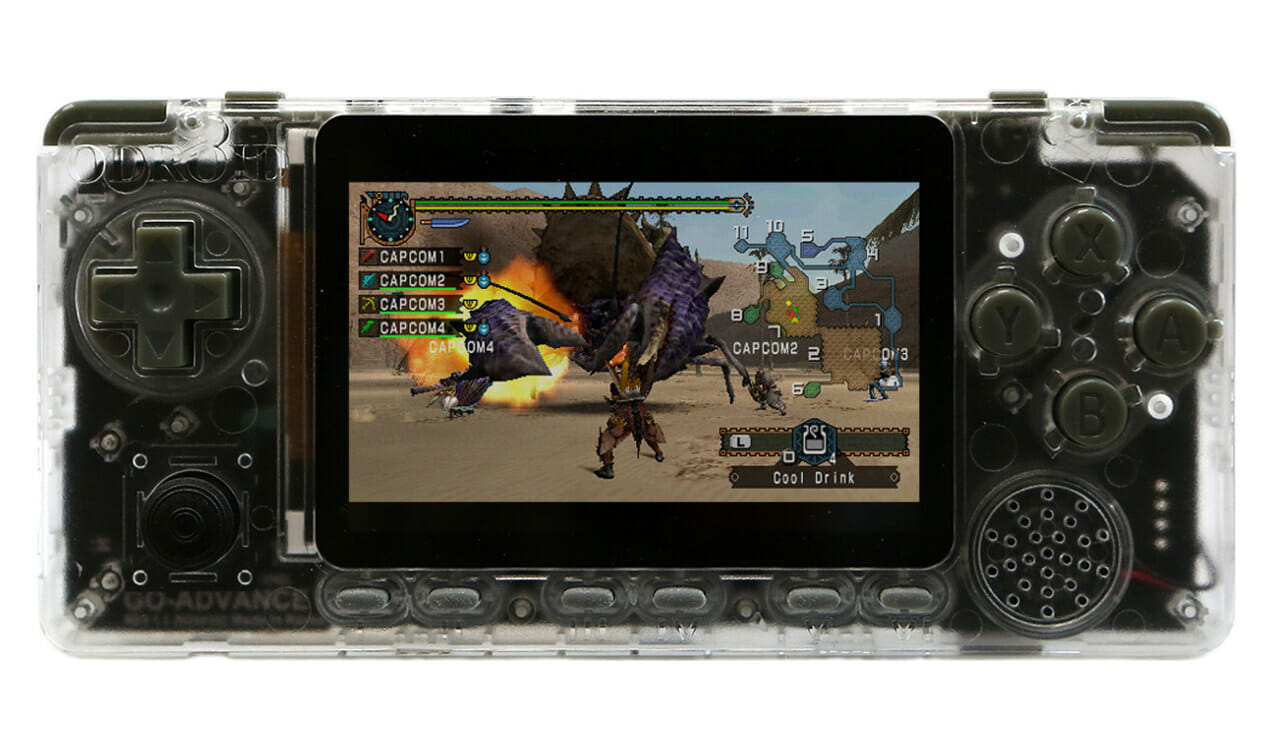The TinyLlama x86 retro computer board is designed to run DOS games on a DM&P Vortex86EX 32-bit x86 processor and integrates a MIDI synthesizer based on Raspberry Pi Zero 2 running MT32-Pi firmware. Growing up playing games on 386/486-era computers, Eivind Bohler looked for similar recent hardware to play DOS games and after discovering the 86Duino x86 Arduino-compatible board, he decided to use the SOM-128-EX module powering the board to create the TinyLlama board with a Sound Blaster Pro-compatible Crystal CS4237B sound chip and a MIDI synthesizer. TinyLlama specifications: D&MP SOM-128-EX system-on-module with Processor – DM&P Vortex86EX 32-bit x86 processor @ 60 to 500 MHz System Memory – 128MB DDR3 Storage – 8MB SPI flash Storage – MicroSD card socket Video Output – VGA up to 1024×768 @ 60 Hz using the Vortex86VGA module running off an x1 PCI-e lane Audio Crystal CS4237B all-in-one audio chip MIDI synthesizer with Raspberry Pi […]
uConsole is a modular Arm or RISC-V handheld computer with optional 4G connectivity
Clockwork’s uConsole is a modular handheld computer with a 5-inch display, a built-in keyboard, and based on a carrier board supporting various Arm or RISC-V modules compatible with the Raspberry Pi CM3 or CM4 form factors. The device is offered with a system-on-module with up to 4GB RAM, a WiFi 5 and Bluetooth 5.0 wireless module, features micro HDMI video output, USB ports, and an audio jack, plus expansion connectors for more advanced users, and takes two 18650 batteries for power. The company also offers a 4G LTE module for cellular connectivity. The mainboard, called ClockworkPi v3.14 revision 5, offers the following: System-on-module socket – 200-pin DDR2 SODIMM socket compatible with Raspberry Pi CM3 and, through an adapter, Raspberry Pi CM4 and compatible modules Storage – MicroSD card socket Video Interfaces 40-pin MIPI DSI connector micro HDMI interface for external display Audio – 3.5mm audio jack with headphone and microphone […]
ODROID-Go Ultra Amlogic S922X portable gaming console and devkit launched for $111
Hardkernel ODROID-Go Ultra (OGU) portable gaming console and devkit is powered by the same Amlogic S922X hexa-core Cortex-A73/A53 processor found in the company’s ODROID-N2+ SBC. The new model also adds a 16GB eMMC flash for faster storage and increases the RAM capacity to 2GB. The Korean company’s adventure with portable gaming consoles started with the ESP32-based ODROID-Go to celebrate its 10th birthday in 2018. At the time it looked like a side project, but the console was popular enough that they released their first Linux handheld game console with the ODROID-Go Advance (OGA) in 2019, and then the ODROID-Go Super (OGS) in 2020 with a larger 5-inch display, and both equipped with a Rockchip RK3326 quad-core Cortex-A35 processor. The new ODROID-Go Ultra is based on the same design as the OGS model, but with a serious jump in performance, and the ability to support more demanding emulators. ODROID-Go Ultra specifications: […]
DevTerm portable Linux terminal now supports Raspberry Pi CM4 via a $19 adapter
DevTerm modular, portable Linux terminal initially designed for modules based on Raspberry Pi CM3 form factor, can now work with Raspberry Pi CM4 for extra performance and memory thanks to a $19 adapter. The Devterm was initially launched in 2020 with a 6.8-inch IPS screen, a keyboard with 67 keys, and a battery module, all connected through the ClockworkPi v3.14 carrier board taking a choice of core modules based on Allwinner H6 or Rockchip RK3399 (now supported in Armbian), besides the Raspberry Pi Compute Module 3 mentioned above. More recently, it also got an Allwinner D1 RISC-V module. The Raspberry Pi CM4 module should bring performance similar to the Rockchip RK3399 module for most tasks, although it may vary a lot depending on workloads, and for regular Raspberry Pi users, software that will be more familiar, and may be better supported. I’ve just a bit surprised it took so long, […]
Rockchip RK3566 SoC gets into $150 Anbernic RG503 gaming handheld with OLED display
Rockchip RK3566 processor is designed for AIoT applications like NVR systems, but we’ve seen it integrated into mini PCs, TV boxes, and now a gaming handheld with the Anbernic RG503 equipped with a 4.95-inch OLED display. The portable gaming console also includes 1GB LPDDR4 and 16GB storage, plus an optional 64GB microSD card with 4193 games, all the buttons you’d expect from a gaming handheld, plus micro HDMI output for connection to a larger screen. Anbernic RG503 specifications: SoC – Rockchip RK3566 quad-core Cortex-A55 processor @ 1.8 GHz with Arm Mali-G52 EE GPU, 0.8 TOPS NPU/AI accelerator System Memory- 1GB LPDDR4 Storage 16GB microSD card Optional 64GB microSD card with 4193 games Display – 4.95-inch OLED display with 960×544 resolution (non-touch) Video Output – Micro HDMI 2.0a up to 4Kp60 Audio – Dual stereo speakers, 3.5mm audio jack Connectivity – Dual-band 802.11 a/b/g/n/ac WiFi 5 and Bluetooth 4.2 (e.g. for […]
DevTerm modular Linux terminal gets a RISC-V module compatible with Raspberry Pi CM3
ClockworkPi DevTerm retro-looking modular portable Linux computer has gotten a 64-bit RISC-V module based on Allwinner D1 1GHz SoC and offers an alternative to existing Arm-based modules such as Raspberry Pi CM3, or alternatives powered by Allwinner H6 or Rockchip RK3399 SoC’s. The new DevTerm Kit R-01 modular & portable terminal has exactly the same specifications with a 6.8-inch IPS screen, a keyboard with 67 keys, and a battery module, all connected to ClockworkPi v3.14 carrier board, but replaces the Arm modules with the R-01 module equipped with the Allwinner D1 processor and 1GB of RAM. DevTerm Kit R-01 kit items: SoM – R-01 Core module with Allwinner D1 single-core 64-bit RISC-V RV64IMAFDCVU processor @ 1.0GHz without GPU, and 1GB DDR3 Carrier board – ClockworkPi v3.14 mainboard Storage – 32GB MicroSD card preloaded with clockworkOS Display – 6.86-inch IPS screen module Audio – Dual speaker Keyboard – Clockwork 65% keyboard […]
Portable game console runs RetroArch on SigmaStar SSD202D processor
SigmaStar SSD202D “Smart Display” dual-core Cortex-A7 processor has found its way into the MIYOO mini portable game console compatible with RetroArch Linux distribution. Initially designed for industrial smart displays or other HMI applications, we’ve already seen the low-cost Arm Linux processor with 64MB (SSD201) or 128MB (SSD202D) memory has been integrated into a gateway, a single board computer, and M5Stack UnitV2 AI camera devkit, but somehow, it’s now gone into a consumer device. MIYOO mini portable game console specifications: SoC – SigmaStar SSD202D dual-core Cortex-A7 processor @ 1.2 GHz with 2D GPU, 128MB DDR3 (Note: no GPU) Storage – 32GB MicroSD card Display – 2.8-inch IPS screen with 640×480 resolution Audio – 3.5mm audio jack User input – D-PAD, Menu, Select and Start buttons, ABXY buttons, R/R2 and L/L2 buttons at the back USB – 1x USB-C port Misc – Power button, Vibration motor, LEDs Battery – 3.7V/1,900mAh battery good […]
ODROID-GO Advance Black Edition is selling for $29.50 (Promo)
Hardkernel is having a “Black Friday” sale for the ODROID-Go Advance Black Edition portable game console that is now selling for $29.50, or exactly half of the normal price ($59.00), with either the transparent or black enclosure. As a reminder, the OGA Black Edition is a Linux console powered by a Rockchip RK3326 quad-core Arm Cortex-A35 processor coupled with 1GB RAM and a 3.5-inch display. This model builds on the earlier ODROID-Go Advance model by adding a WiFi & Bluetooth module, a USB-C port for charging, as well as some extra buttons. ODROID-Go Advance Black Edition specifications: SoC – Rockchip RK3326 quad-core Arm Cortex-A35 processor @ 1.3GHz with Mali-G31 MP2 GPU System Memory – 1GB DDR3L @ 786Mhz, 32 Bits bus width Storage – 16MB SPI Flash for bootloader, Micro SD Card slot (UHS-1 Capable interface) Display – 3.5″ 320×480 TFT LCD (Wide-viewing angle display, MIPI-DSI interface) Audio – 3.5mm […]


